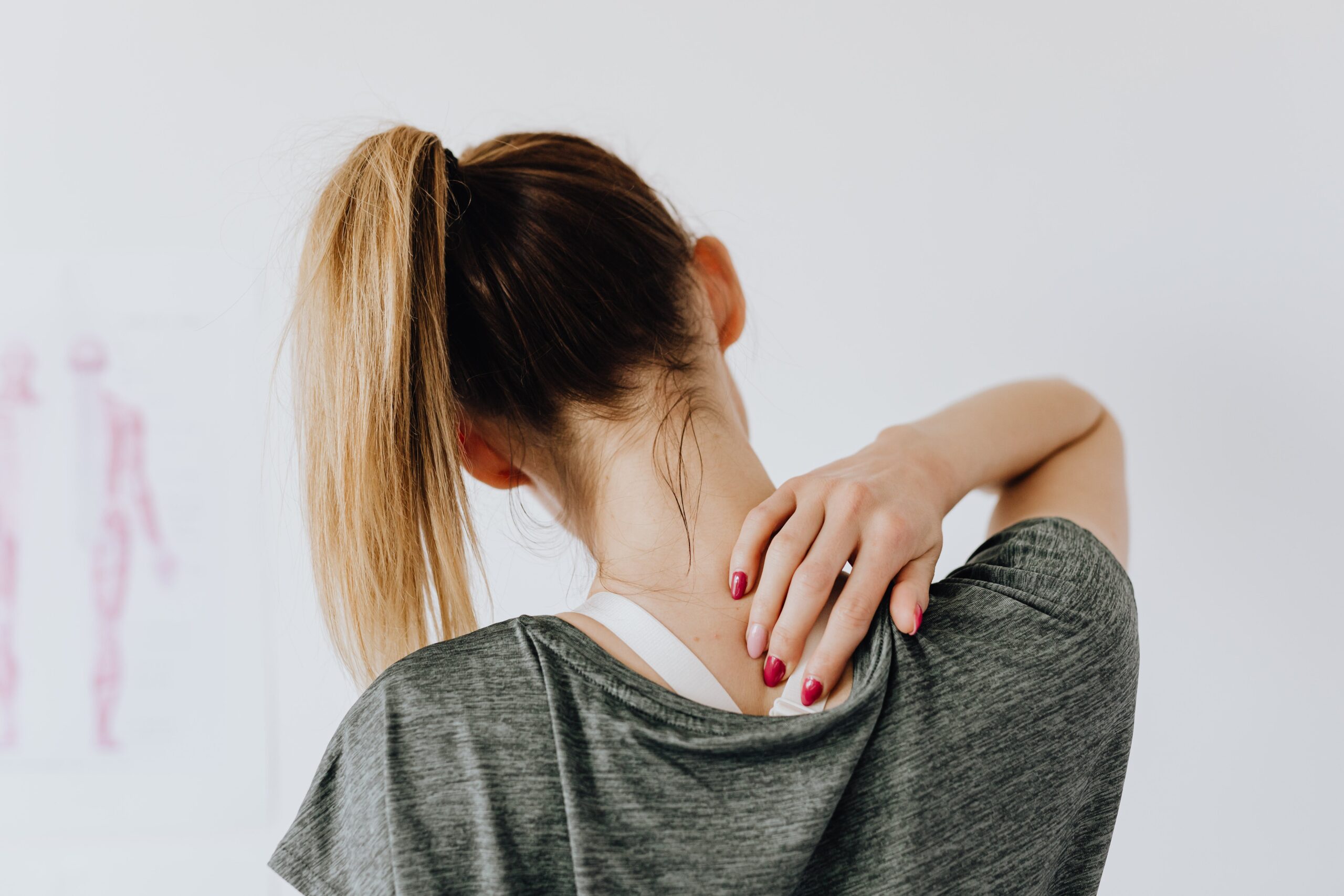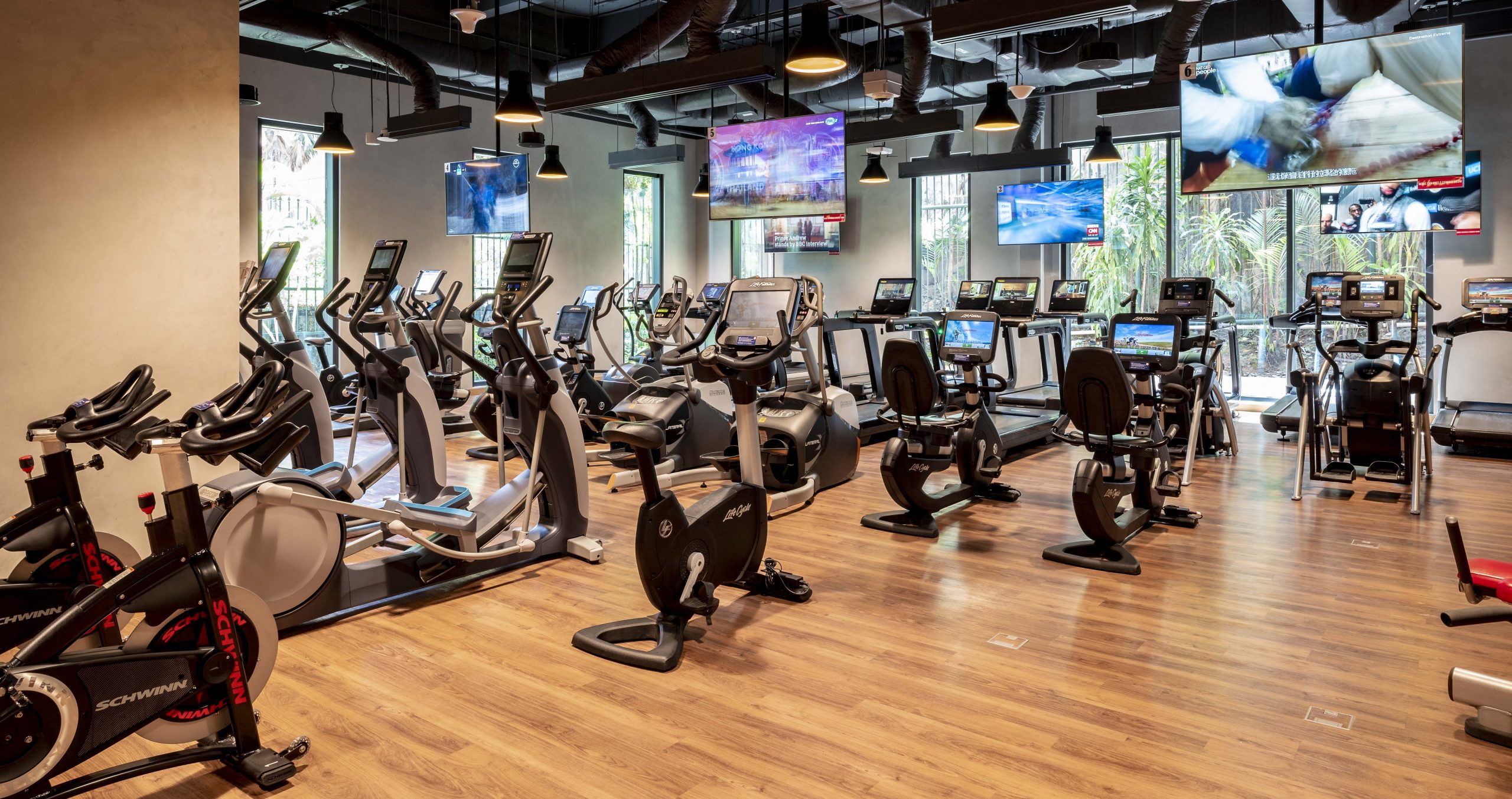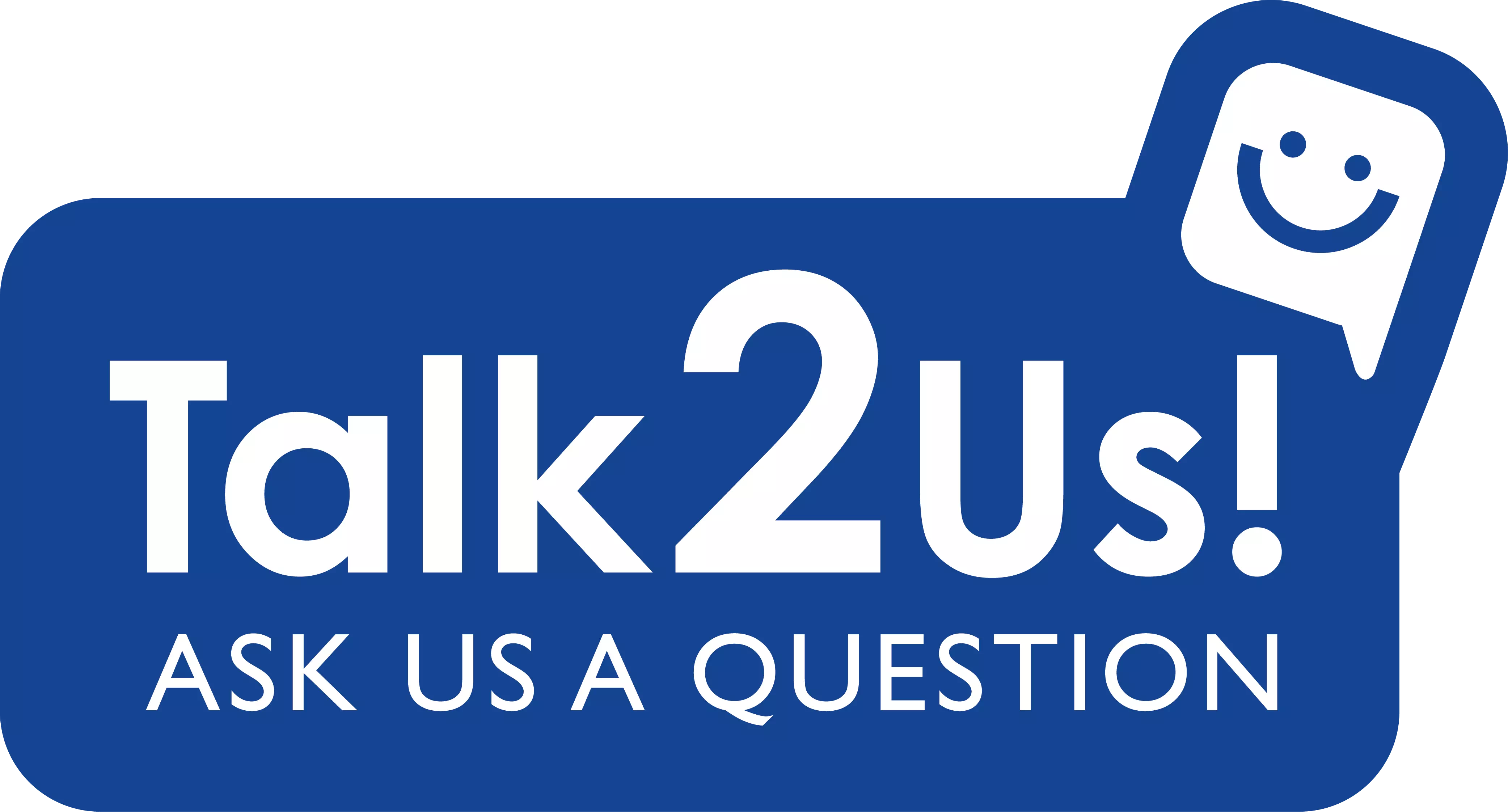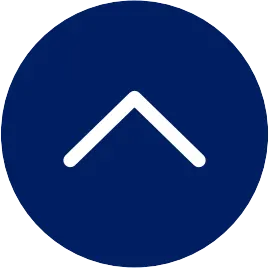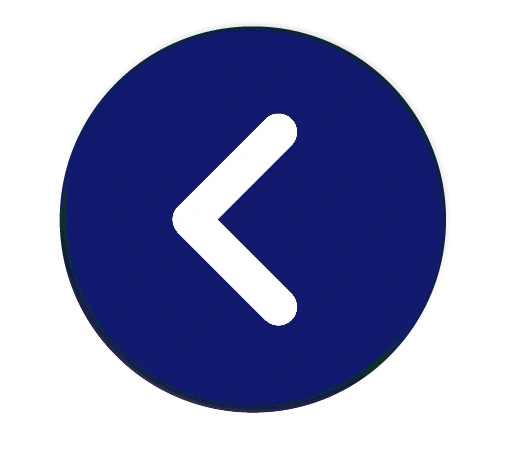Table of Contents
Sitting for long hours in front of the computer causes many problems, which you are probably already aware of. But what is considered “long”? Take a 20-year-old and a 40-year-old. Both sit at the desk for eight hours with short breaks (drinks, toilet, etc.) in between. The 20-year-old does just fine but over time, problems start to surface for the 40-year-old.
Why does this happen? Our body stops its “growth” between the ages of 21 and 25, depending on the different tissues and regions. Past the age of 25, we are basically “drawing on our body savings”. The wear and tear on our bodies is influenced by our lifestyle, sleep patterns, stress levels, and dietary choices.
In this article, we are going to talk about tight necks and shoulders and their association with lower back tension. Most people who spend long hours at the desk in a “computer posture” have rounded upper backs (hunchbacks) and tight thoracic spines. Depending on the individual, some will end up with tight necks and shoulders and/or lower back pain.

If you notice that neck, shoulder and lower back stretching does nothing for your pain, you are missing something – you need to apply the golden rules of RELEASE, STRETCH and STRENGTHEN.
RELEASE

- Lying supine with knees bent, place a peanut ball* under your upper spine (upper trapezius). The gap of the ball should be under your spine and the two sides of the ball should press against both sides of your spine. Remain in this position for 12 seconds, inhaling and exhaling deeply
⇒ Muscles released: Upper trapezius
*You’ll see these red-colored peanut balls at the stretching corner in the Gym. Alternatively, attach two tennis balls together to form a “peanut” ball. - Move the peanut ball a little lower to the area between your shoulder blades and remain in this position for 12 seconds, inhaling and exhaling deeply.
⇒ Muscles released: Mid trapezius and rhomboid - Move the peanut ball further down and hold for another 12 seconds, taking deep breaths. The feeling will be akin to a deep tissue massage.
⇒ Muscles released: Mid trapezius, rhomboid and latissimus dorsi - Repeat steps one to three once more.
Note: Do not hold the positions for more than 15 seconds
STRETCH
Neck
Using your right hand, pull your head towards the right and hold for 20 seconds. Tucking your chin in, pull your head diagonally towards the front. Repeat on the other side.
Shoulders
With your left hand across the front of your chest and parallel to the ground, use your right hand to pull your elbow towards the opposite shoulder. Hold for 20 to 40 seconds. Repeat on the other side.

STRENGTHEN
Neck, shoulder, and lower back pain can be prevented through a combination of exercises focusing on strengthening and stretching key muscle groups. Below are some easy exercises that you can start incorporating into your fitness routine:
- Rotator cuff exercise: Perform this exercise using resistance bands or light dumbbells. Start by standing or sitting with your elbow bent at 90 degrees, and slowly rotate your arm outward away from your body. Perform two sets of 12-15 reps for each arm.
- Planks: This helps to strengthen your core, which indirectly supports the lower back. Hold a plank position for 30-60 seconds, aiming for three sets.
- Lat pulldown: Use a lat pulldown machine or resistance bands to work on your upper back and shoulder muscles. Perform three sets of 10-12 reps, focusing on controlled movements.
- Dead row: Incorporate dead rows using a barbell or dumbbells to strengthen the upper back and shoulders. Maintain a straight back and pull the weights towards your chest. Aim for three sets of 10-12 reps.
- Chest press: Use a chest press machine or dumbbells to work on your chest muscles. Focus on proper form and controlled movements. Perform three sets of 10-12 reps.
- Shoulder press: Engage in shoulder press exercises using dumbbells or a barbell. Sit or stand upright and press the weights overhead. Perform three sets of 10-12 reps.
- Upright row: Use a barbell or dumbbells to perform upright rows, targeting the shoulders and upper back. Pull the weights up towards your chin, keeping elbows higher than the wrists. Aim for three sets of 10-12 reps.
OTHER TIPS
- On average, you should aim to stand up and do some head, shoulder and hip rotation every 60 minutes.
- Check your posture. Besides a hunched back, is your head misaligned towards the front and not staying where it should? This ‘turtle neck’ syndrome naturally causes problems since the weight of your head (which is almost four to five kilograms) cannot be supported properly by the cervical spine.
- If you aren’t sure how to do a posture check or thoracic spine release, our Gym doors are always open and trainers will be on hand to assist you.
- Once you release your thoracic tightness, the range of motion of your neck and shoulders will improve; the tension in your lower back will also be reduced.


